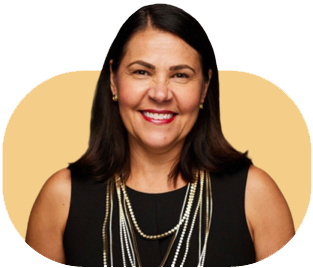The Value of Assisted Living
March 18, 2023

The United States is on the precipice of a seismic shift that will transform our population from an aging population to an aged population. Today, 17 percent of Americans—or 55.7 million people—are 65 and older, a 38 percent increase since 2010. By 2040, 22 percent—or 80.8 million Americans—are projected to be 65 and older, more than twice as many as in 2000. By 2060, nearly one in four Americans will be 65 years and older.
The most rapidly aging segment of the population are seniors aged 85 and older, and it is these individuals who will need the greatest and most direct care. In fact, the 85 and older population is projected to more than double from 6.7 million in 2020 to 14.4 million in 2040—a 117 percent increase.
Since most older Americans have at least one chronic condition, an estimated 70 percent will need some form of long-term care in their lifetimes and more than half will need a high level of care. That is, they will need a caregiver.
For the money, assisted living provides more of what matters when it comes to helping seniors stay as healthy, happy, and independent as possible Today, roughly 2 million Americans reside in more than 30,000 assisted living communities across the country. More than 90 percent of seniors in assisted living communities reported “good or great satisfaction” with their community. Additionally, 96 percent reported their communities provided sufficient health care and access to care, nearly 75 percent said assisted living improved their quality of life, and 70 percent indicated their health outlook improved as result of the care they receive.
Often confused with far-costlier nursing homes, assisted living offers lower costs, improved quality of life, better health outcomes, and reduced health care costs. Because assisted living costs significantly less than nursing homes or home health settings, it protects vital social safety net programs. If assisted living were not an option, as many as 61% of senior residents may be forced into far-costlier skilled nursing facilities at a cost of $43.4 billion. This additional cost would cripple state and federal Medicaid budgets.
RECOMMENDED FOR YOU

Health Perks of Senior Living: Findings from NIC-Funded Research

The Significant Benefits of Adult Day Care for Caregivers and Seniors





